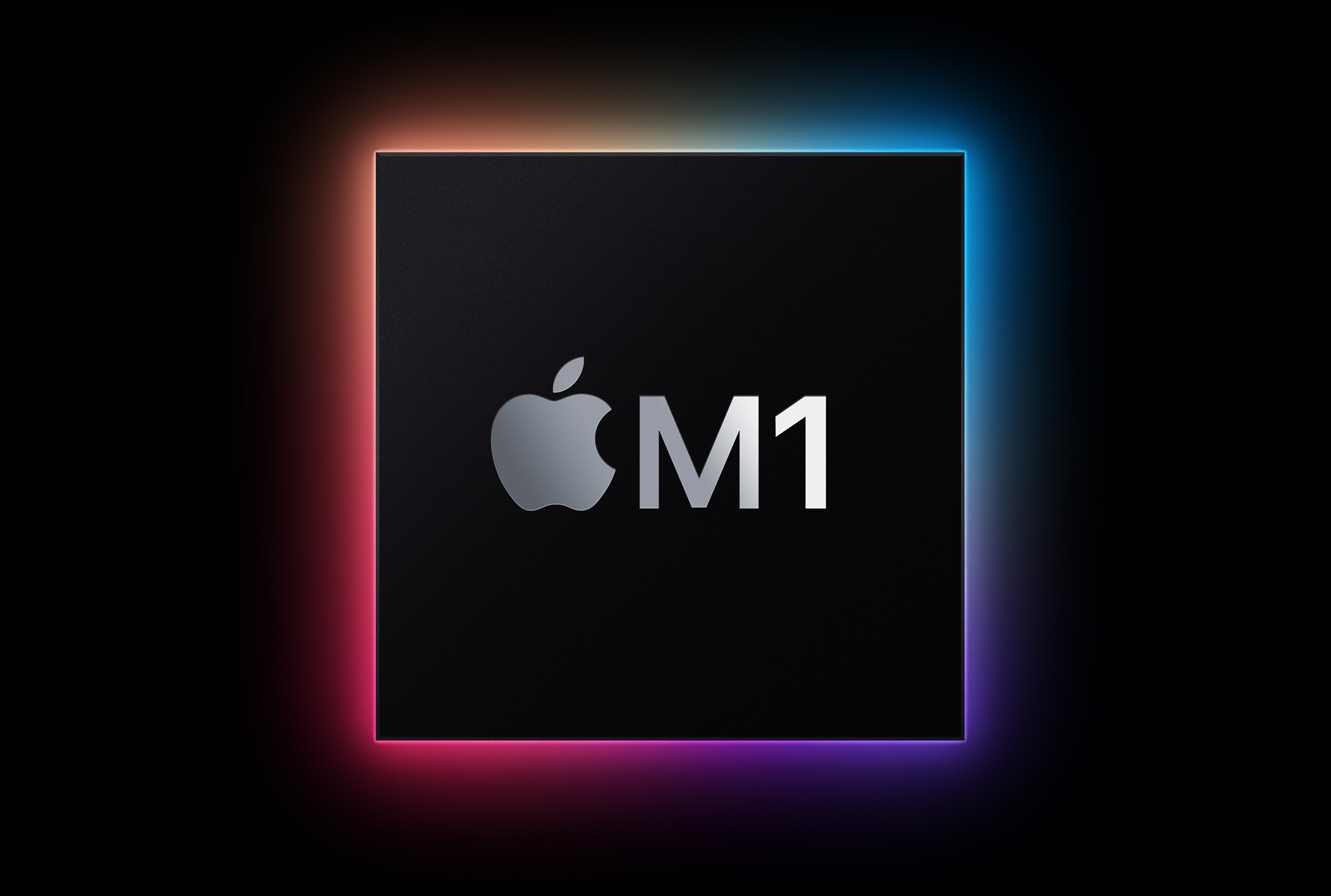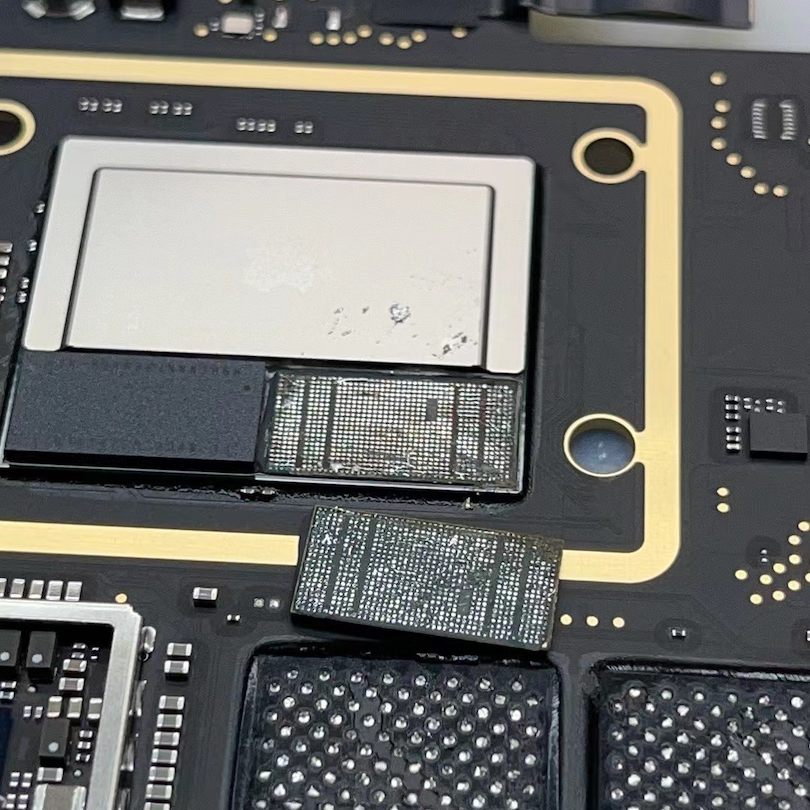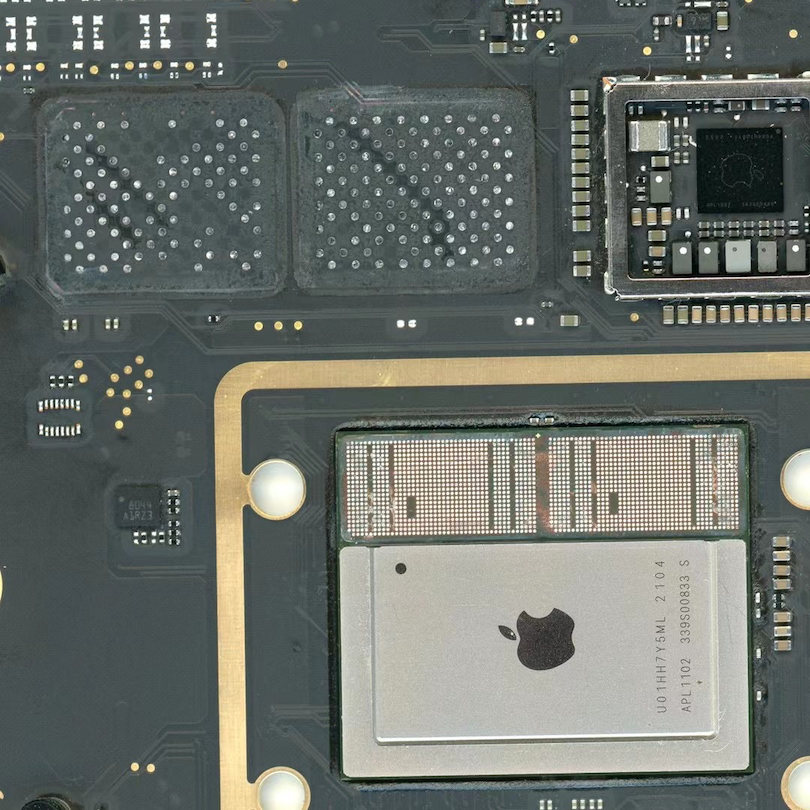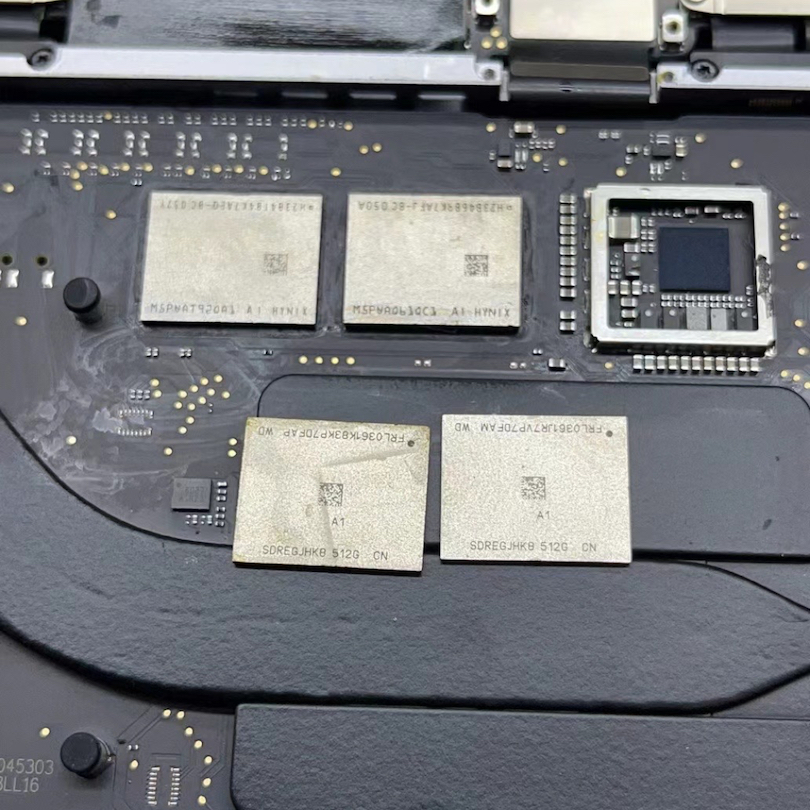Why is Apple making it so difficult for customers to upgrade their own machines?
A 256 GB SSD for a computer is a ridiculously small amount of storage for many of us these days. I want to have my laptop hold all of my storage without having to haul around an additional hard drive. I currently use 4 TB and will need an 8 TB drive soon.
The M1 laptop, attractive as it is simply will not do unless Apple increases the SSD capacity choices and/or allows owners to swap out the memory and SSD ourselves. This used to be how Apple rolled, until they decided to build computers according to the toaster appliance paradigm. Customers used to be able to easily swap out memory, storage, even the processor.
A 256 GB SSD for a computer is a ridiculously small amount of storage for many of us these days. I want to have my laptop hold all of my storage without having to haul around an additional hard drive. I currently use 4 TB and will need an 8 TB drive soon.
The M1 laptop, attractive as it is simply will not do unless Apple increases the SSD capacity choices and/or allows owners to swap out the memory and SSD ourselves. This used to be how Apple rolled, until they decided to build computers according to the toaster appliance paradigm. Customers used to be able to easily swap out memory, storage, even the processor.







